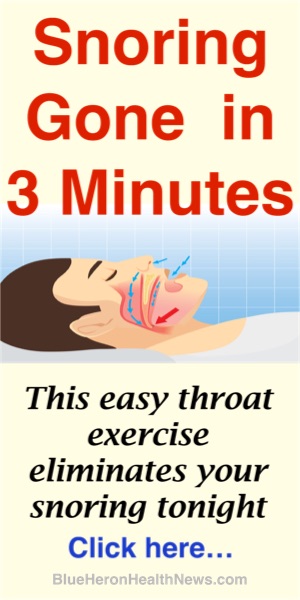 Sleep apnea can be much more serious condition than simple snoring. In a patient with sleep apnea, breathing is interrupted while he sleeps. This results in poor sleep quality, severe snoring, and daytime drowsiness. Thankfully, unlike many sleep disorders, doctors have been able to determine what causes sleep apnea.
Sleep apnea can be much more serious condition than simple snoring. In a patient with sleep apnea, breathing is interrupted while he sleeps. This results in poor sleep quality, severe snoring, and daytime drowsiness. Thankfully, unlike many sleep disorders, doctors have been able to determine what causes sleep apnea.
Types
The most common type of apnea is obstructive sleep apnea. This occurs when the muscles which are supporting the soft tissue of the throat relax. This results in a narrowing or even closing of the airway; not enough air can get through this reduced airway into the lungs.
With a reduced airflow into the lungs, less oxygen can get to the bloodstream and therefore less oxygen gets to the brain. Reduced oxygen to the brain can lead to injury and even death, so the brain’s protective mechanisms kick in to cause a brief period of wakefulness.
However, this is not the cause of apnea in all patients. Some people suffer from central sleep apnea, although this is less common than the previously described obstructive type. In central sleep apnea, the brain fails to send consistent signals to the muscles controlling breathing.
Diagnosis
Patients who suspect they have apnea should start by keeping a sleep journal. In this journal, a patient records the time he went to bed, how many hours he slept, how many times he woke during the night, and how refreshed he feels in the morning. Family members can contribute to the journal by reporting whether or not the patient was snoring or making any other unusual breathing sounds.
Another way to record potential symptoms is by videotaping the patient sleeping. This will easily reveal if the patient is waking during the night, even if the patient is not aware of it. It will also reveal sleeping positions and breathing sounds.
Treatments
Obstructive apnea is common in children. This is usually due to the child’s tonsils or adenoids blocking the throat during sleep. Removing these glands usually corrects the issue with minor lasting effects.
Another common group that suffer from apnea is overweight adults. Losing weight is the most effective method for treating the problem. Losing around 10% of one’s body weight usually produces drastic results. However, this is of course easier said than done for most people.
Quitting smoking will also help. Smoking cigarettes increases fluid retention in the upper airways, making obstruction more likely. It also contributes to irritation and inflammation of the throat tissues.
Sleep aids and alcohol should also be avoided. These chemicals relax the muscles, including those in the throat, which makes it more likely that sleep apnea will occur. If a patient with apnea is having trouble falling asleep, other methods to help provide restful sleep should be tried before turning to pharmaceutical sleep aids.
Sleep apnea is among the most common of sleeping disorders. Many patients don’t even realize they have it. Understanding the causes is the first step in diagnosing and dealing with the problem.














0 nhận xét:
Đăng nhận xét